Cutting for most teens isn’t about ending their life. It’s an emotional release for an inward pain.
Talking Points:
- One of the first warning signs that your teen is cutting is they intentionally hide certain parts of their body. This may be things like wearing a long sleeve shirt on a hot day, or always holding their arms close to their body. Another thing to look for is cuts or scars.
- Cutting is actually an addiction. It releases endorphins in the brain causing a euphoric high, similar to a “runner’s high.” The problem with this high is that it only lasts 90-120 seconds, and then feelings of guilt and shame return. Once this happens, your child will feel the need to cut again and again in order to return to that euphoric feeling.
- Self-harm is often used as a coping mechanism people use to survive. It channels emotional pain into physical pain and provides a sense of control. It is important to note that if a child is self-injuring, they are struggling with something.
- Therapy has been found to be the most effective treatment for self-injury. What you don’t talk out, you act out. So, it’s important to get your child talking. A therapist will help your child to sort out the emotional pain they are feeling and find a healthier way for them to handle that pain.
Discussion:
- Initial reactions to this topic? What jumped out at you?
- Have you noticed these warning signs with your teen? Have you noticed any warning signs not mentioned in this video?
- What are some things that are currently stressing out your teen? How can you help them talk through their angst?
- Why do you think it’s so important to not overreact when approaching this topic with your teen?
- Is there a step you need to take based on today’s topic?

